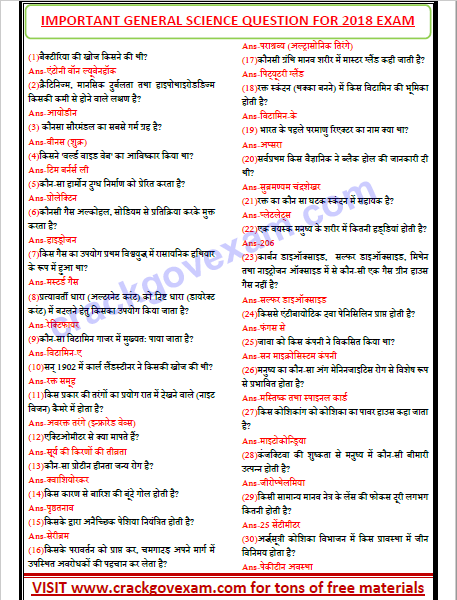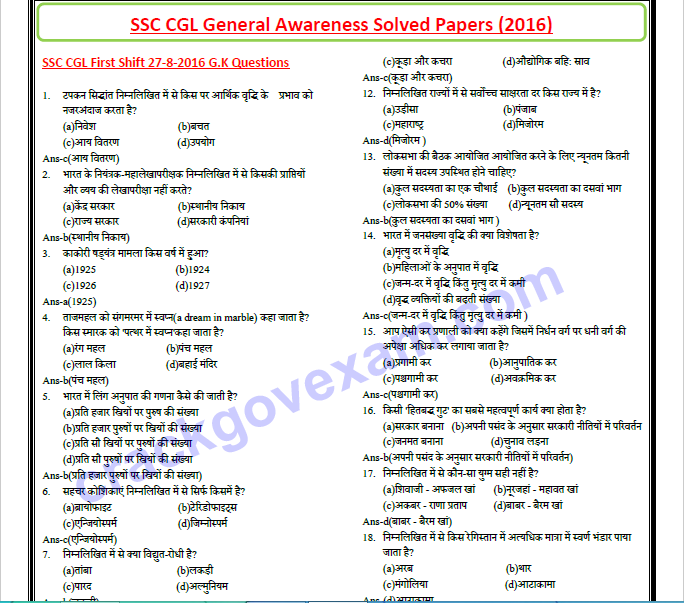Last updated on November 19th, 2022 at 01:07 am
0 votes, 0 avg
0
| Pos. | Name | Score | Duration |
|---|---|---|---|
| There is no data yet |







![[हिंदी] उच्च न्यायालय (High Court) MCQ Quiz – Objective Questions with Answer For SSC, UPPCS, IAS, CDS, BPSC, MPPCS Exam उच्च न्यायालय (High Court) MCQ Objective Questions Hindi](https://www.crackgovexam.com/wp-content/uploads/2023/10/उच्च-न्यायालय-High-Court-MCQ-Hindi-218x150.jpg)
![[हिंदी] सर्वोच्च न्यायालय/उच्चतम न्यायालय (Supreme Court) MCQ Objective Questions with Answer SSC Exam Hindi वर्ष 1999 से 2024 तक सर्वोच्च न्यायालय (Supreme Court) MCQ Objective Questions Hindi](https://www.crackgovexam.com/wp-content/uploads/2023/10/सर्वोच्च-न्यायालय-Supreme-Court-MCQ-Hindi-218x150.jpg)
![[हिंदी] मौलिक कर्त्तव्य (Fundamental Duties) MCQ Quiz – Objective Questions with Answer For SSC, UPPCS, IAS, CDS, BPSC, MPPCS Exam मौलिक कर्त्तव्य (Fundamental Duties) MCQ Objective Questions Hindi](https://www.crackgovexam.com/wp-content/uploads/2021/07/मौलिक-कर्त्तव्य-Fundamental-Duties-MCQ-Hindi-218x150.jpg)



























